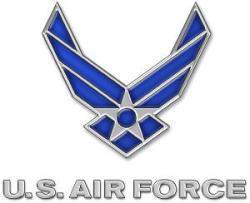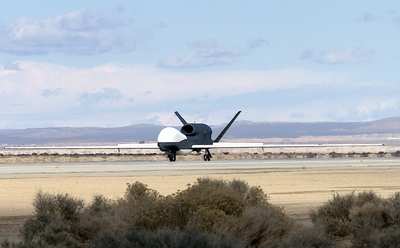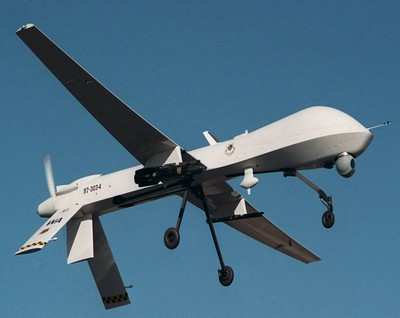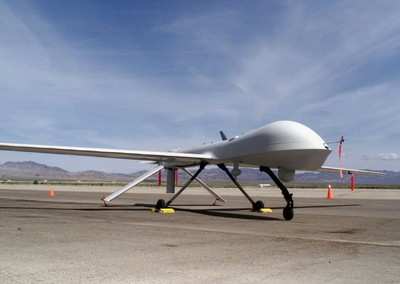 Unmanned aerial vehicles are
successfully transforming the way the Air Force does business, and
the service is committed to supporting and developing more of
them.
Unmanned aerial vehicles are
successfully transforming the way the Air Force does business, and
the service is committed to supporting and developing more of
them.
Innovative UAV tactics have transformed the battle space as
witnessed in Iraq and Afghanistan, said Maj. Gen. Stanley Gorenc,
Air Force deputy chief of staff for air and space operations, at
testimony before the House Armed Services Committee subcommittee on
tactical air and land forces April 6.
"UAVs are transforming the way Air Force and the joint team
fight, and are a critical component of the future joint force," the
general said. "UAVs give us operational capability in persistent
and precise ways while offering the promise of even more capability
in the future.
"The Department of Defense has embraced the distinctive
capabilities unmanned systems bring to the joint fight, and the Air
Force stands firmly behind this endeavor," General Gorenc said.
“UAVs not only provide persistent intelligence,
surveillance and reconnaissance, but also enable accurate and
timely direct and indirect fire,” he said. “Their
success has led combatant commanders to request them in ever
greater numbers and we are doing our best to make sure that we meet
their requirements."

The MQ-1 Predator A is leading the way in reconnaissance and
imagery, General Gorenc said. In written testimony to the
committee, the general outlined the UAV's capabilities and the Air
Force's plans for it.
"(The Predator) is flying missions around the clock every day,"
he said. "Armed with Hellfire missiles and equipped with
electro-optical, infrared and laser designator sensors, the
Predator shortens the sensor-to-shooter timeline because the sensor
can also be the shooter."
The capabilities of the aircraft have made it desirable for
commanders in Iraq and Afghanistan, General Gorenc said.
"Combatant commanders’ unceasing demands for additional
Predator orbits, I think, should be viewed as a testament to that
transformational system's utility and success," he said. "The Air
Force's Predator employment has been a resounding success in the
global war on terror."

General Gorenc said the Air Force plans to meet the increasing
demand by expanding mission capability to nine orbits and by
growing that to 12 orbits by the end of 2006.
The Air Force also uses the MQ-9 Predator B, an aircraft billed
as a "hunter-killer." The system is being designed to perform not
just reconnaissance missions, but also to deploy weapons such as
the joint direct attack munition and the small-diameter bomb. It
will also have the capability to self-designate for Hellfire
missiles and laser-guided bombs.
General Gorenc said the MQ-9 and MQ-1 are at different stages of
development and have different missions, but that the Air Force is
committed to fielding the MQ-9.

"We are looking at various options to accelerate development and
testing to ensure the warfighter receives an effective and
sustainable system as rapidly as possible," he said.
He also said the Air Force is working to develop a
"family-of-systems" concept to manage smaller UAVs such as the
hand-launched Desert Hawk. [ANN Thanks Staff Sgt. C. Todd Lopez,
AFPN]
 NTSB Final Report: Cessna 177B
NTSB Final Report: Cessna 177B ANN's Daily Aero-Term (05.08.25): Final Approach Fix
ANN's Daily Aero-Term (05.08.25): Final Approach Fix Aero-News: Quote of the Day (05.08.25)
Aero-News: Quote of the Day (05.08.25) ANN's Daily Aero-Term (05.09.25): Estimated (EST)
ANN's Daily Aero-Term (05.09.25): Estimated (EST) ANN's Daily Aero-Linx (05.09.25)
ANN's Daily Aero-Linx (05.09.25)






